Exploring the Benefits of Paw Paw Farming and its Health Rewards
Good morning my great people of hive community, I hope you all are doing well. I am back to share my knowledge on Paw Paw Farming and the Health benefits of Eating Paw Paw. So I urge everyone to keep calm and read to the end so as to benefit from this article.
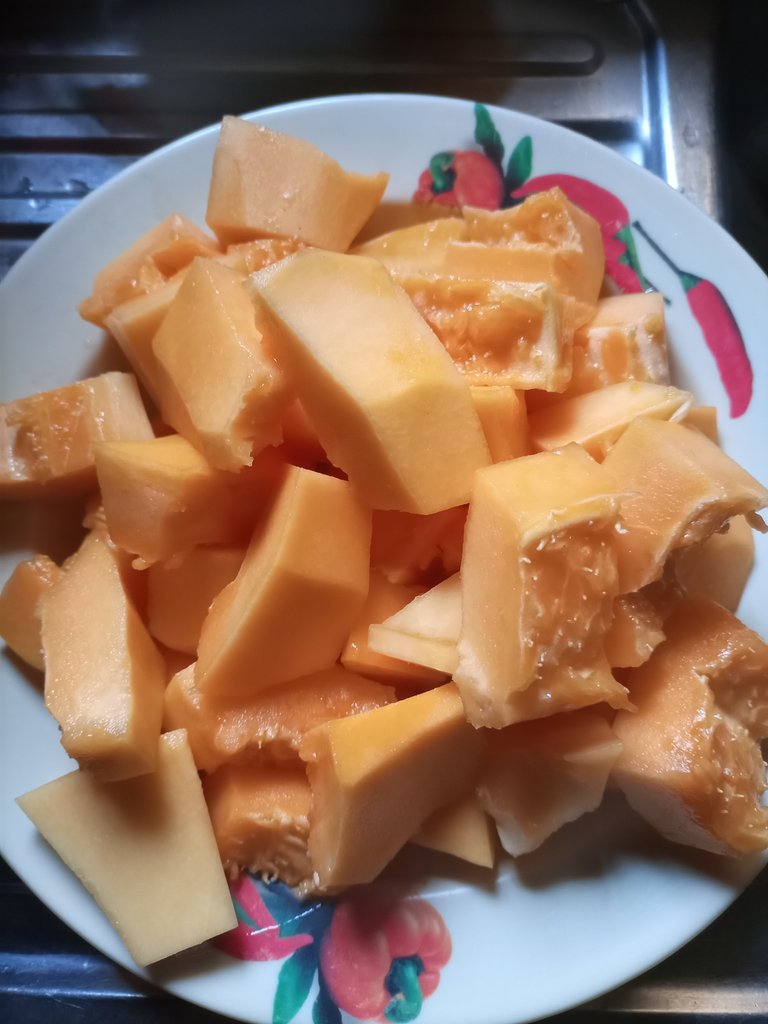
Paw paw, scientifically known as Carica papaya, is a tropical fruit that thrives in warm climates, making it an ideal candidate for farming in regions with suitable conditions. Whether you're a seasoned farmer or someone considering diversifying your crops, here's a deeper look into the world of paw paw farming.
1. Climate and Soil Requirements:
Paw paw plants flourish in tropical and subtropical climates with temperatures ranging between 68°F to 90°F (20°C to 32°C). They require well-drained soil, preferably slightly acidic to neutral pH. Adequate sunlight is crucial for optimal growth, so choose a location with full sun exposure.
2. Propagation:
Paw paw plants can be propagated through seeds or by transplanting seedlings. Seeds extracted from ripe fruits should be planted in well-prepared soil. Seedlings can be transplanted once they are robust enough, typically when they reach around 6-12 inches in height.
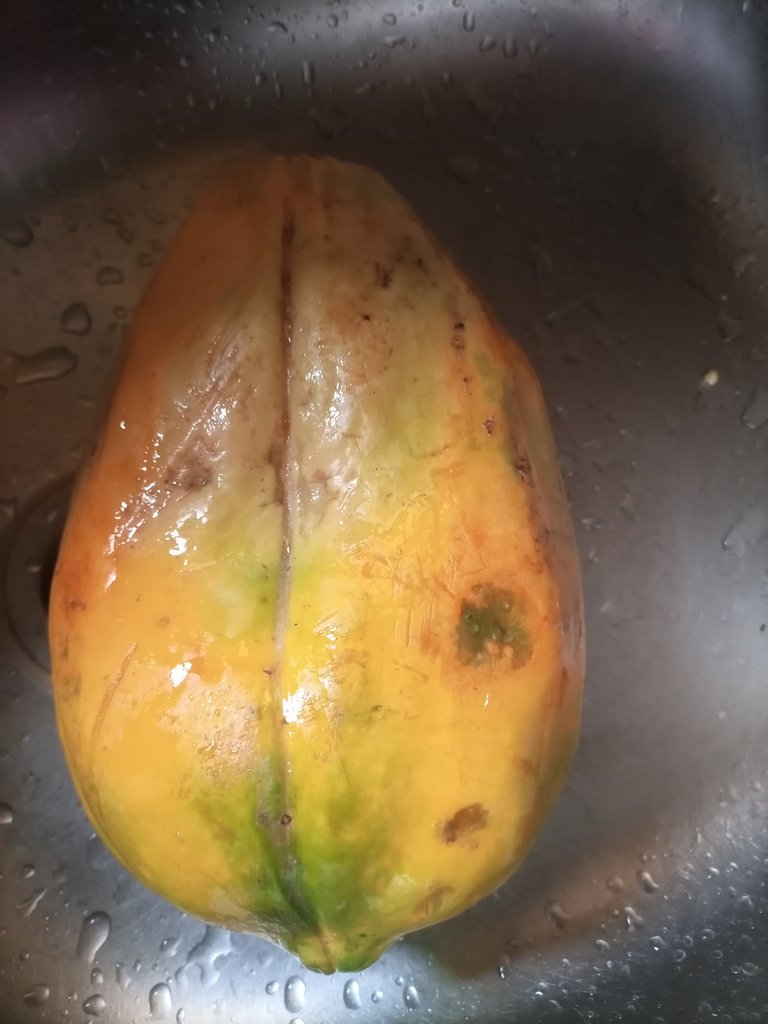
3. Planting and Spacing:
When planting paw paw, ensure proper spacing to allow for optimal growth and airflow. The recommended spacing is typically around 8 to 10 feet apart. Planting in well-prepared pits or trenches with organic matter can enhance soil fertility and water retention.
4. Watering and Irrigation:
Paw paw plants require consistent moisture, especially during their early stages of growth. However, they are susceptible to waterlogged conditions, so well-draining soil is crucial. Drip irrigation systems are often preferred to avoid water splashing on leaves, reducing the risk of disease.
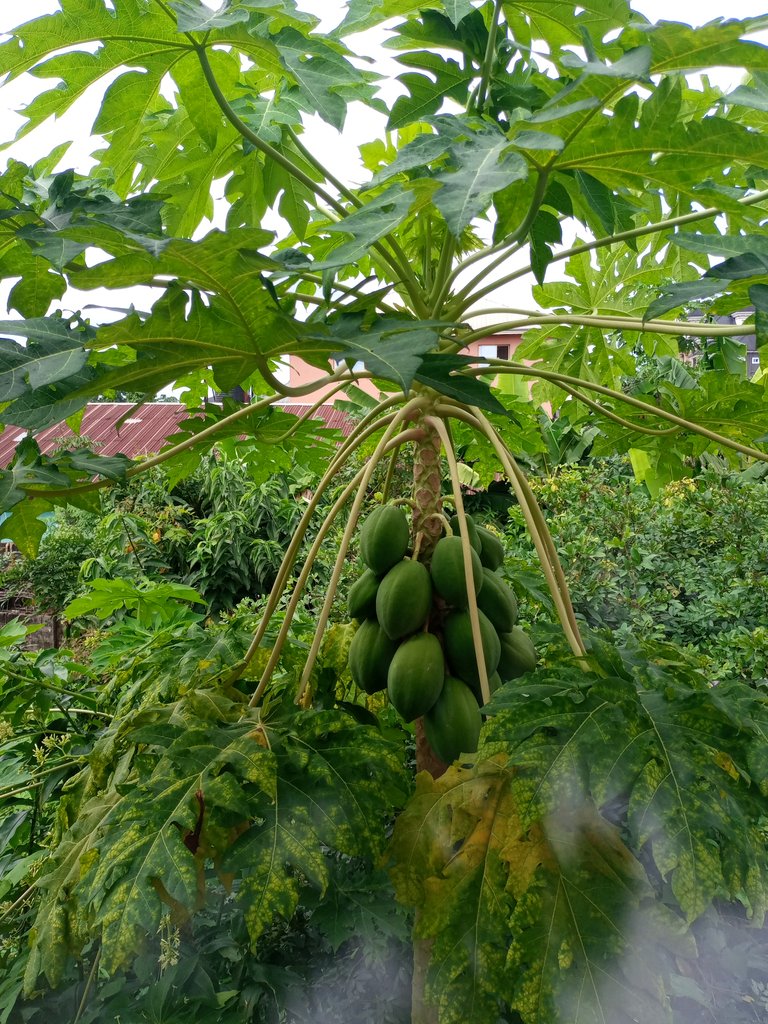
5. Pruning and Training:
Regular pruning is essential for maintaining a strong and healthy paw paw tree. Remove dead or diseased branches and thin out crowded growth to improve air circulation. Training young plants to have a single main trunk encourages a sturdy and upright structure.
6. Pest and Disease Management:
While paw paw plants are relatively hardy, they can be susceptible to pests such as aphids and fruit flies. Regular monitoring and the use of organic or chemical pest control methods when necessary can help manage these issues. Good sanitation practices also play a role in disease prevention.
7. Harvesting:
Paw paw fruits typically take around 6 to 9 months to mature, depending on the variety and growing conditions. Fruits are ready for harvest when they develop a yellowish hue and yield slightly to gentle pressure. Harvesting should be done carefully to avoid damaging the fruit or the plant.
8. Marketing and Commercial Considerations:
Paw paw farming presents opportunities for both local and international markets. The demand for exotic fruits and the growing interest in healthy eating make paw paw an attractive option. Consider market trends, quality standards, and potential value-added products when planning your paw paw farming venture.
9. Challenges and Considerations:
Paw paw farming comes with its set of challenges, including susceptibility to certain diseases like papaya ringspot virus. Farmers should stay informed about disease-resistant varieties and implement good agricultural practices to minimize risks.
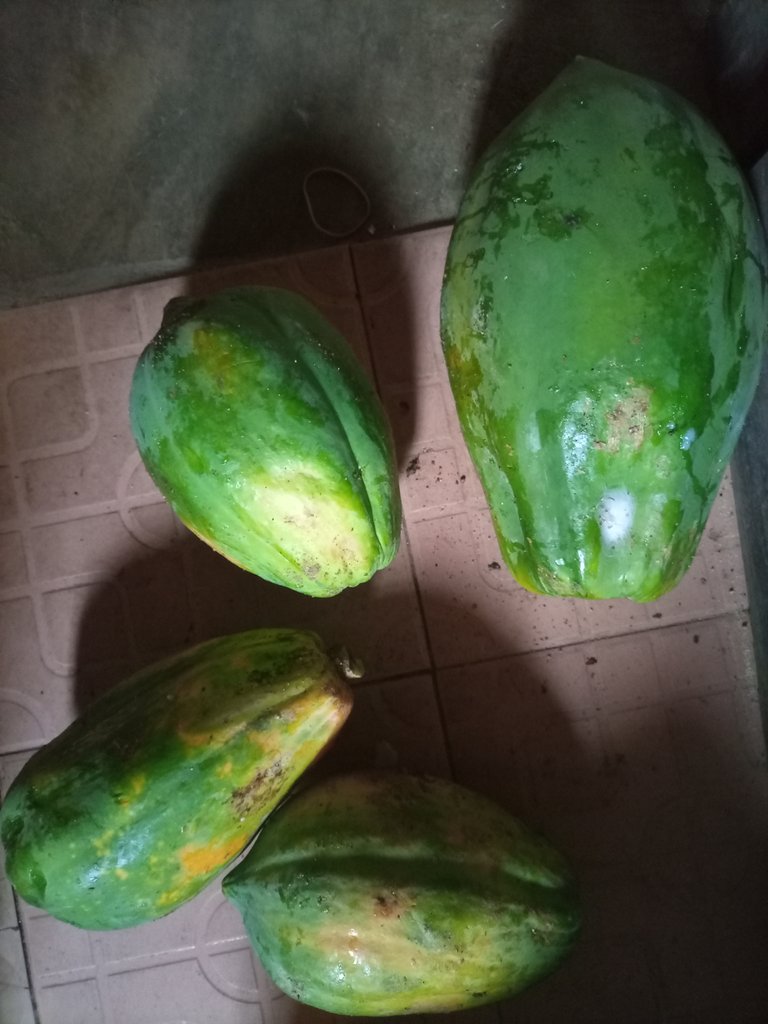
HEALTH BENEFITS OF EATING PAW PAW.
1. Nutrient-Rich Powerhouse:
Paw paw is a nutritional treasure trove. It is rich in vitamins, particularly vitamin C, which is crucial for a robust immune system. Additionally, it contains vitamin A, E, and K, contributing to overall health and well-being.
2. Digestive Health:
Paw paw contains enzymes like papain that aid digestion by breaking down proteins. This digestive enzyme can be especially beneficial for individuals with digestive issues, promoting a healthier gut.
3. Antioxidant Properties:
Loaded with antioxidants, paw paw helps combat oxidative stress in the body. Antioxidants play a vital role in neutralizing free radicals, potentially lowering the risk of chronic diseases and supporting cellular health.
4. Rich in Fiber:
Dietary fiber is essential for a healthy digestive system. Paw paw is an excellent source of fiber, promoting regular bowel movements and preventing constipation. A diet high in fiber is also associated with a lower risk of heart disease.
5. Immune System Boost:
The high vitamin C content in paw paw is a natural immune system booster. Regular consumption may help ward off common illnesses and contribute to overall immune resilience.
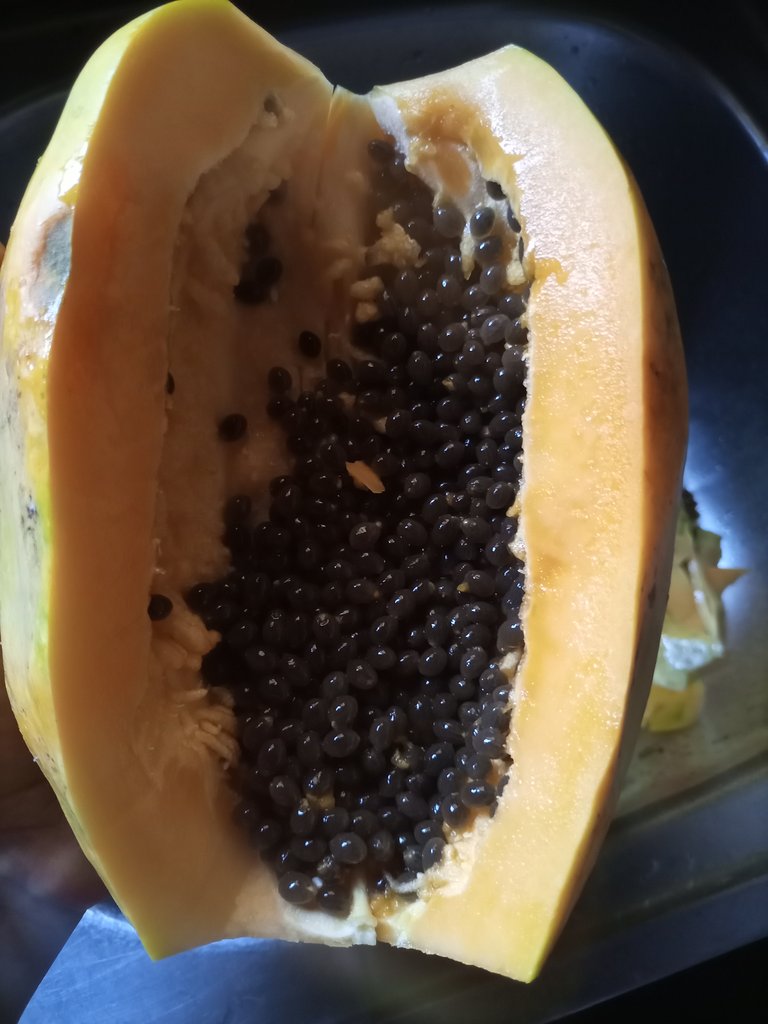
6. Skin Health:
The combination of vitamins A, E, and C in paw paw supports skin health. These nutrients play a role in collagen formation, helping to maintain skin elasticity and reduce signs of aging.
7. Potential Anti-Inflammatory Effects:
Some studies suggest that paw paw may have anti-inflammatory properties. This could be beneficial for individuals dealing with inflammatory conditions, although further research is needed to fully understand these effects.
9. Versatility in Culinary Use:
Beyond its health benefits, paw paw is a versatile fruit in the kitchen. It can be enjoyed fresh, added to fruit salads, blended into smoothies, or used in savory dishes. This culinary flexibility makes it a delightful addition to diverse cuisines.
In conclusion, paw paw farming holds promise for those willing to invest time and effort into understanding the unique requirements of this tropical fruit. With its health benefits, versatility, and potential market value, cultivating paw paw can be a rewarding endeavor for farmers looking to diversify their crops and contribute to the thriving world of tropical agriculture.
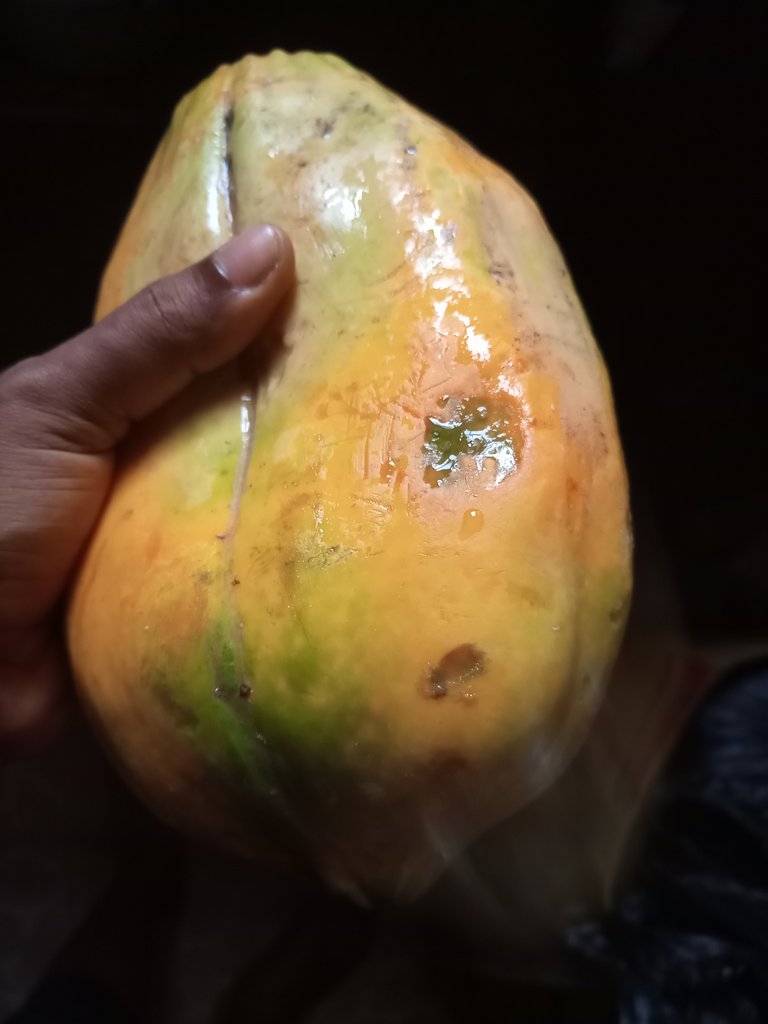
Thanks for stopping by to read my article, I believe you guys enjoyed it...I truly appreciate.
@tipu curate
Upvoted 👌 (Mana: 47/57) Liquid rewards.
I truly appreciate, thank you.
Thank you so much, I appreciate.